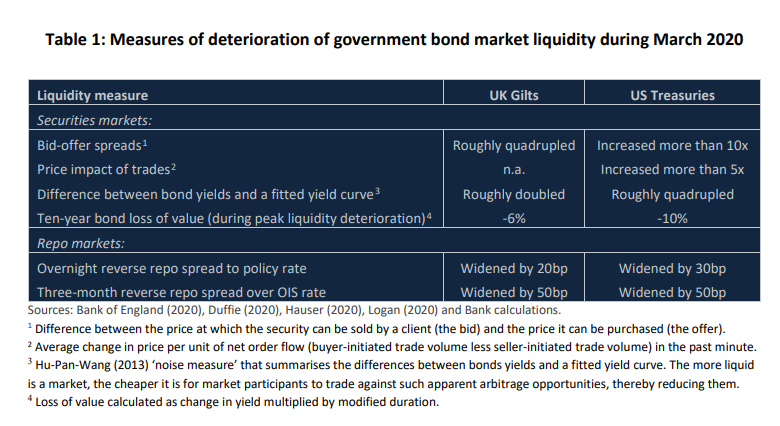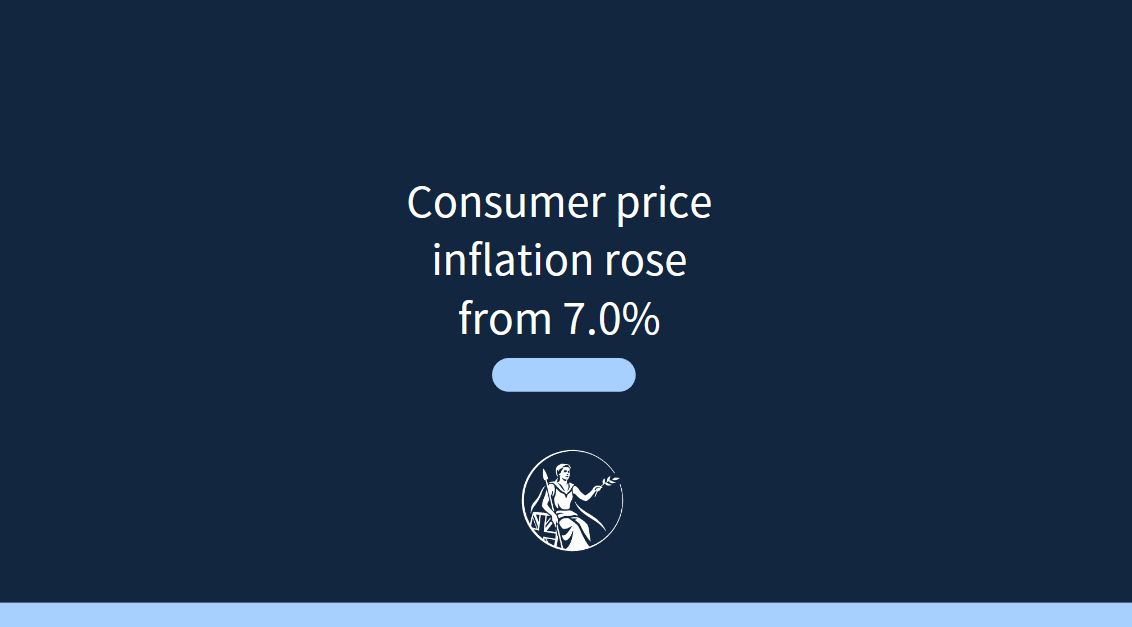The potential impact of broader central clearing on dealer balance sheet capacity: a case study of UK gilt and gilt repo markets
Download :Staff Working Paper No. 1,026
By Yuliya Baranova, Eleanor Holbrook, David MacDonald, William Rawstorne, Nicholas Vause and Georgia Waddington
More widespread central clearing could enhance dealers’ ability to intermediate financial markets by increasing the netting of buy and sell trades, thereby reducing the impact of trading on balance sheets and capital ratios. Drawing on trade‑level regulatory data, we study the netting benefits for UK dealers if comprehensive central clearing had been introduced to the cash gilt and gilt repo markets ahead of the March 2020 dash for cash (DFC) crisis.
For the gilt repo market, we estimate that the policy would have reduced the gilt repo exposures on UK dealers’ balance sheets by 40% and, hence, boosted their aggregate leverage ratio by 3 basis points. If that policy had been accompanied by standardisation of repo maturity dates, such that they fell on the same day of the week (apart from for overnight repo), the reduction in exposures would have risen to 60% and the increase in the aggregate leverage ratio to 5 basis points. Such improvements in netting rates would in principle have allowed the dealers’ repo desks to expand their trading during the DFC by 2.5 times more than under prevailing clearing rates for each incremental unit of capital available to them.
For cash gilt trades, central clearing would only have reduced unsettled trade exposures for dealers using a particular accounting treatment, but would have done so by up to 80% for that group, boosting its aggregate leverage ratio by 0.4 basis points.
However, changes to the computation of the Basel III leverage ratio implemented in January 2023 would also have had these effects on cash trades.
























































First, please LoginComment After ~